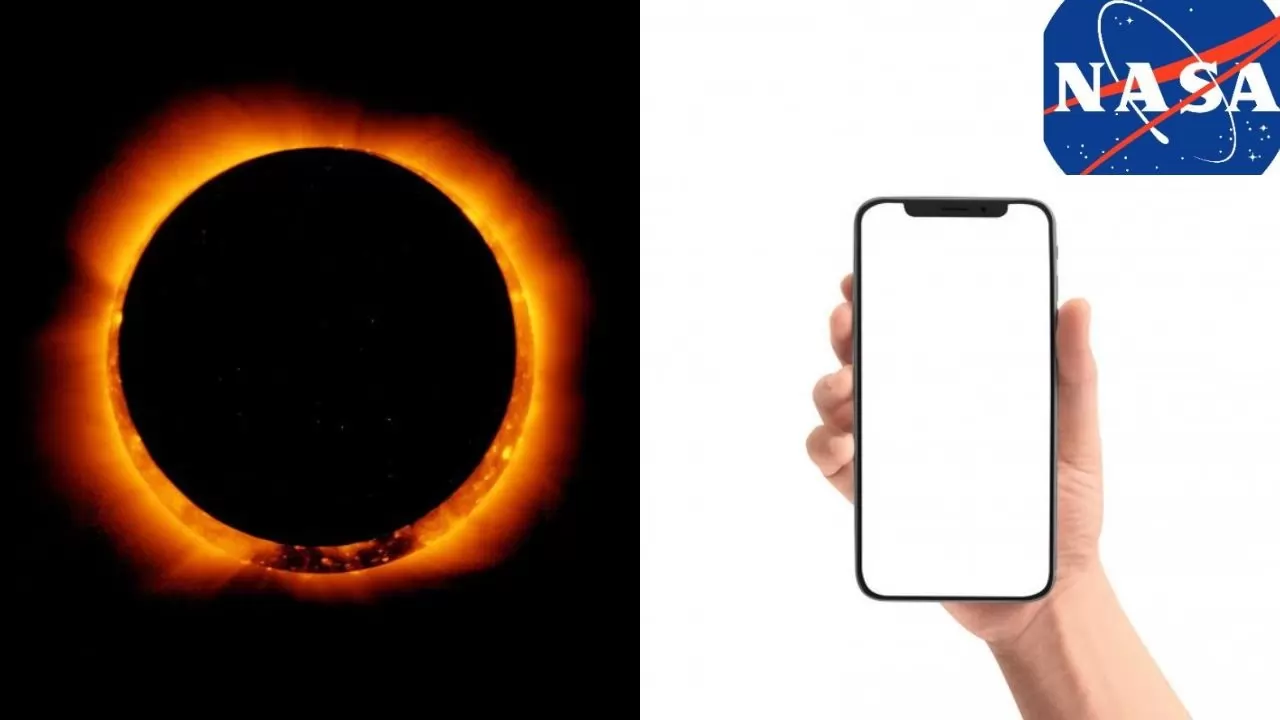
X/NASA and Pinterest
On April 8, the solar eclipse, also known as the Surya Gharan, is scheduled to occur. The NASA experts have a special message for people who enjoy taking pictures of eclipses with their cameras, cellphones, etc., even though it would be visible in some regions. Notably, only some areas of North America and Europe will be able to see the solar eclipse that is set for April 8. Asia and India would not be able to see it.
NASA, in response to a question about using a smartphone camera to film the eclipse on Twitter, aka X, said to avoid pointing your smartphone camera at the solar eclipse; pointing out the phone sensor could be damaged just like any other image sensor if it is directed directly at the Sun. This is particularly true if your phone has any kind of magnifying lens attached to it. As with any other camera, the right filters would need to be used. The best way to take pictures of the Sun at any time other than totality is to place a pair of eclipse glasses in front of your phone's lenses.
Adding to this, NASA has shared some tips which can be used to capture the solar eclipse without damaging your smartphone's camera.
1. A solar eclipse should always be viewed safely. In order to protect your eyes and camera when the sun is partially covered, always use special solar filters. When the Sun is in totality, remove the filter to see the outer atmosphere.
2. To take excellent eclipse images, you do not need an expensive camera. More important is the photographer's skill. To prevent shaky photos, use a tripod and think about utilizing a delayed shutter release timer. If you do not own a telephoto zoom lens, concentrate on catching the shifting environment.
3. During the eclipse, look around you as well as at the Sun. You can take original pictures of shadows and light penetrating through trees since the landscape will be strangely ignited.
4. Before the eclipse day, get comfortable with your camera. Adjust exposure levels to the challenging lighting circumstances. To determine the ideal settings for capturing the eclipse, experiment with different shutter speeds and apertures.





Copyright © 2025 Top Indian News
